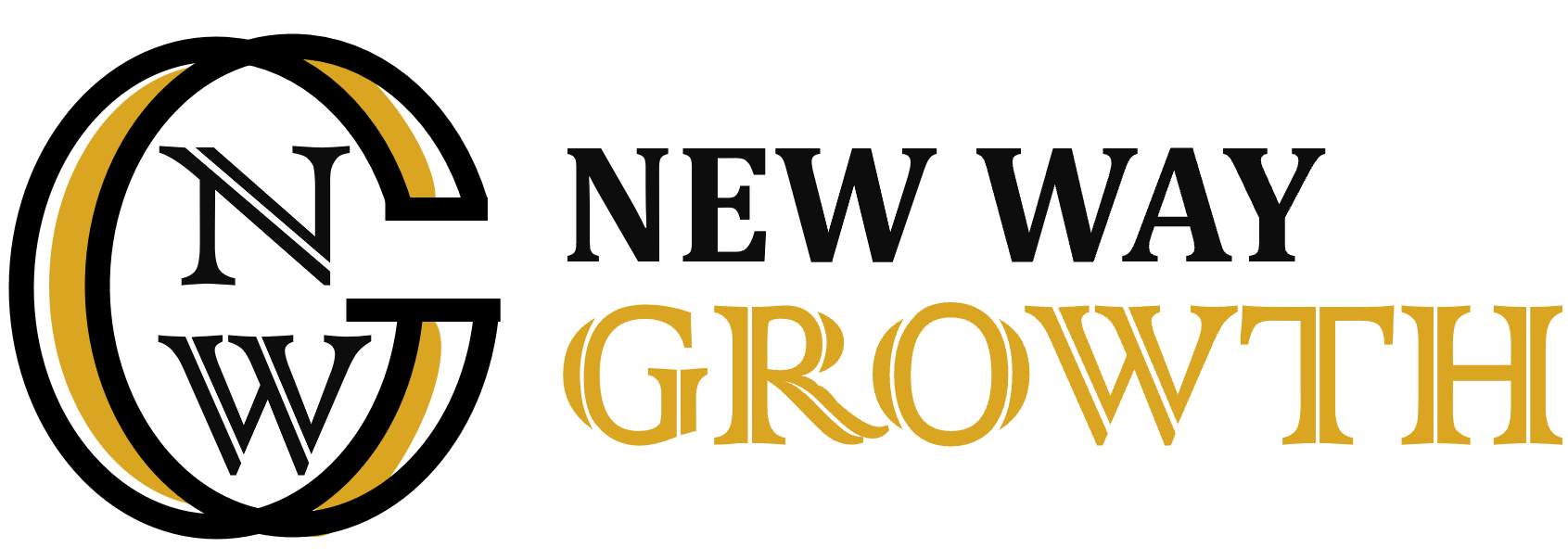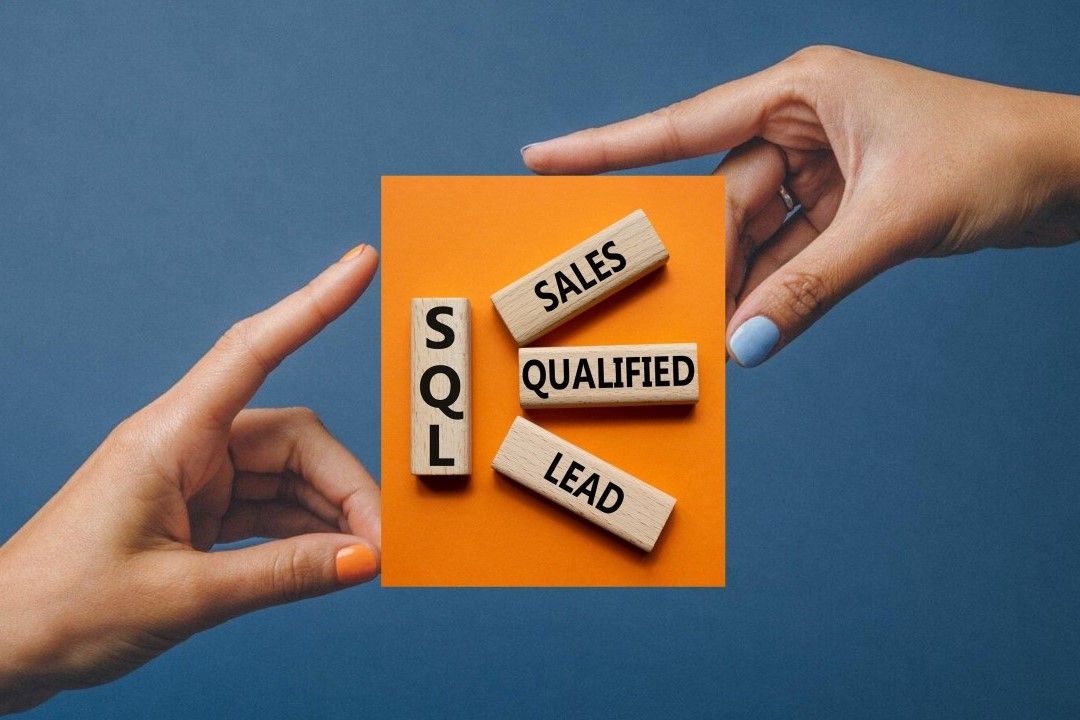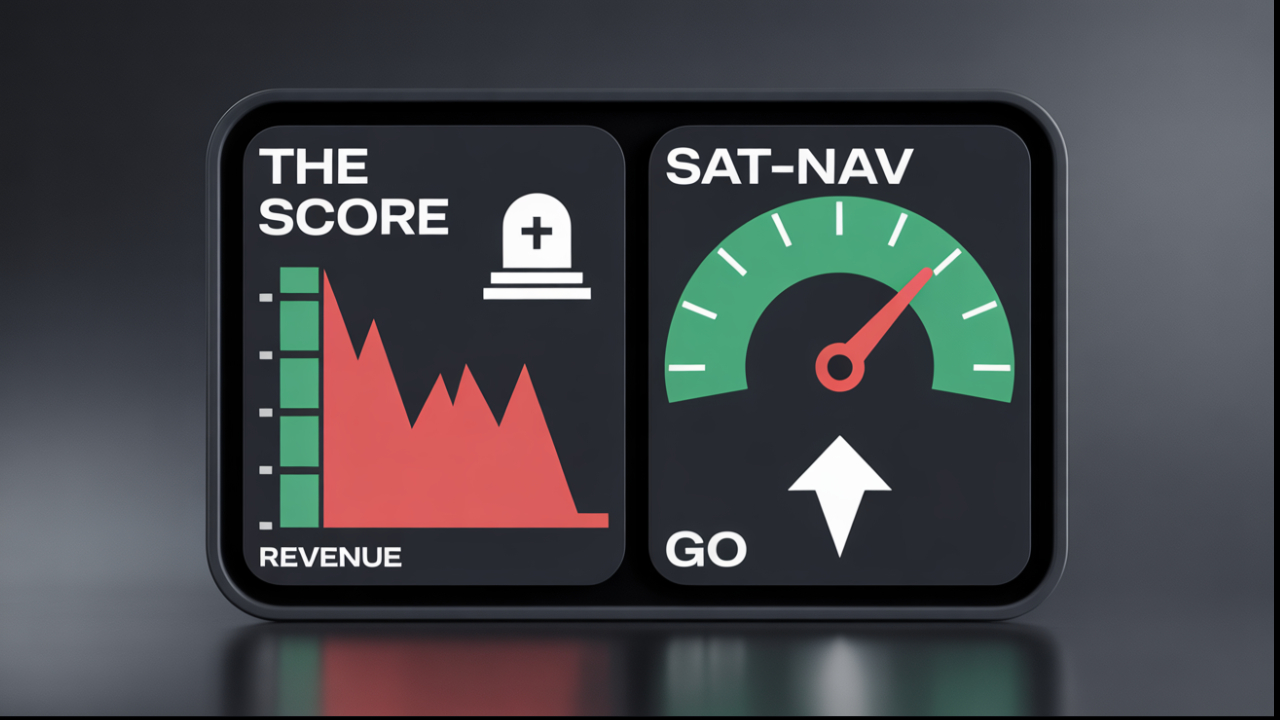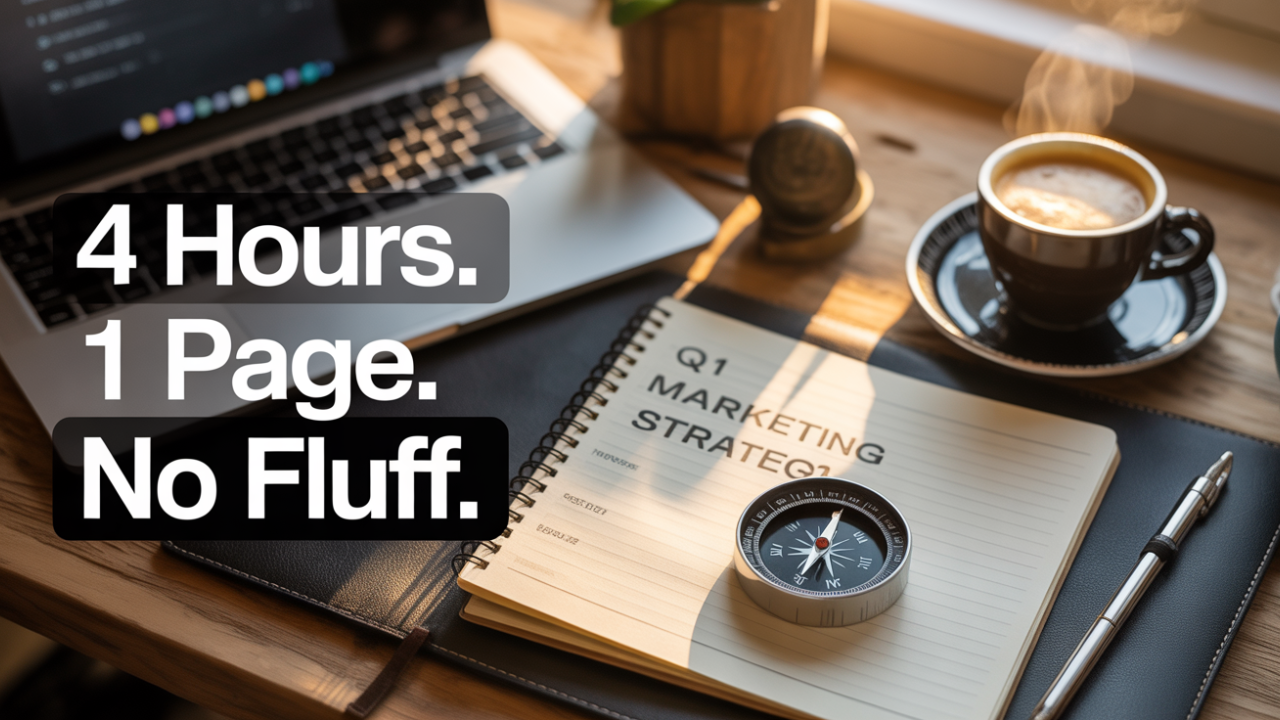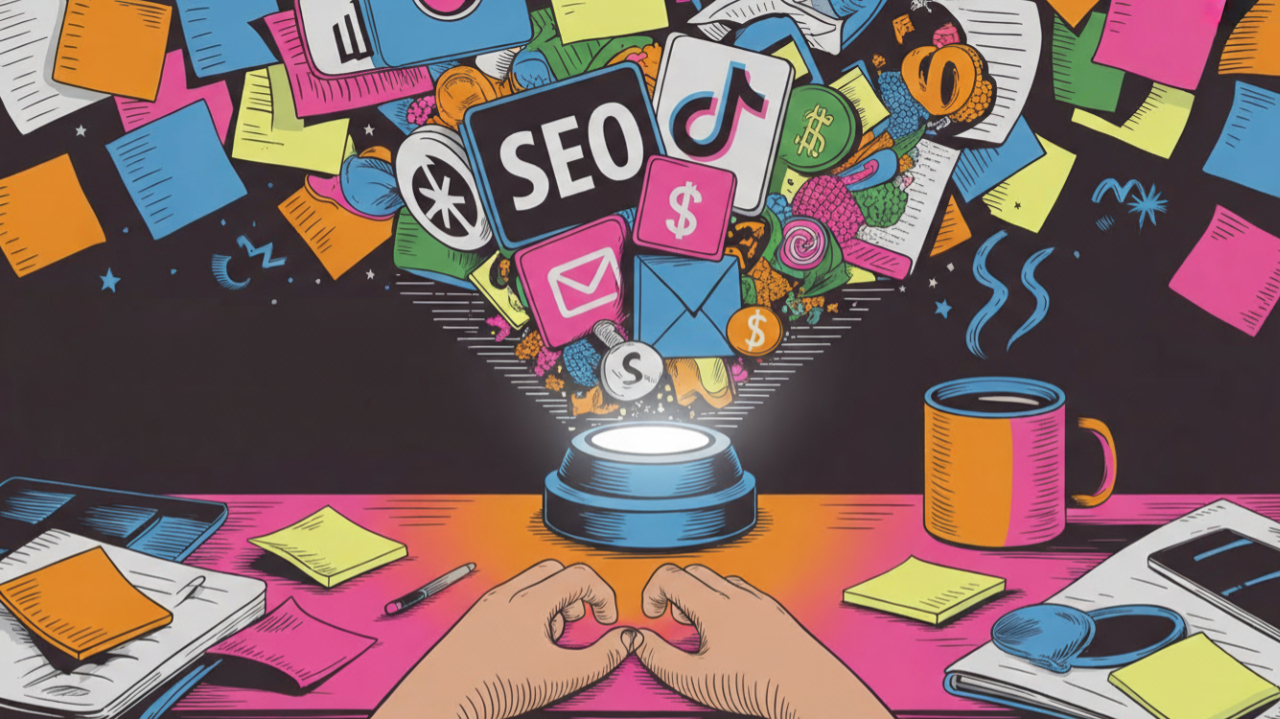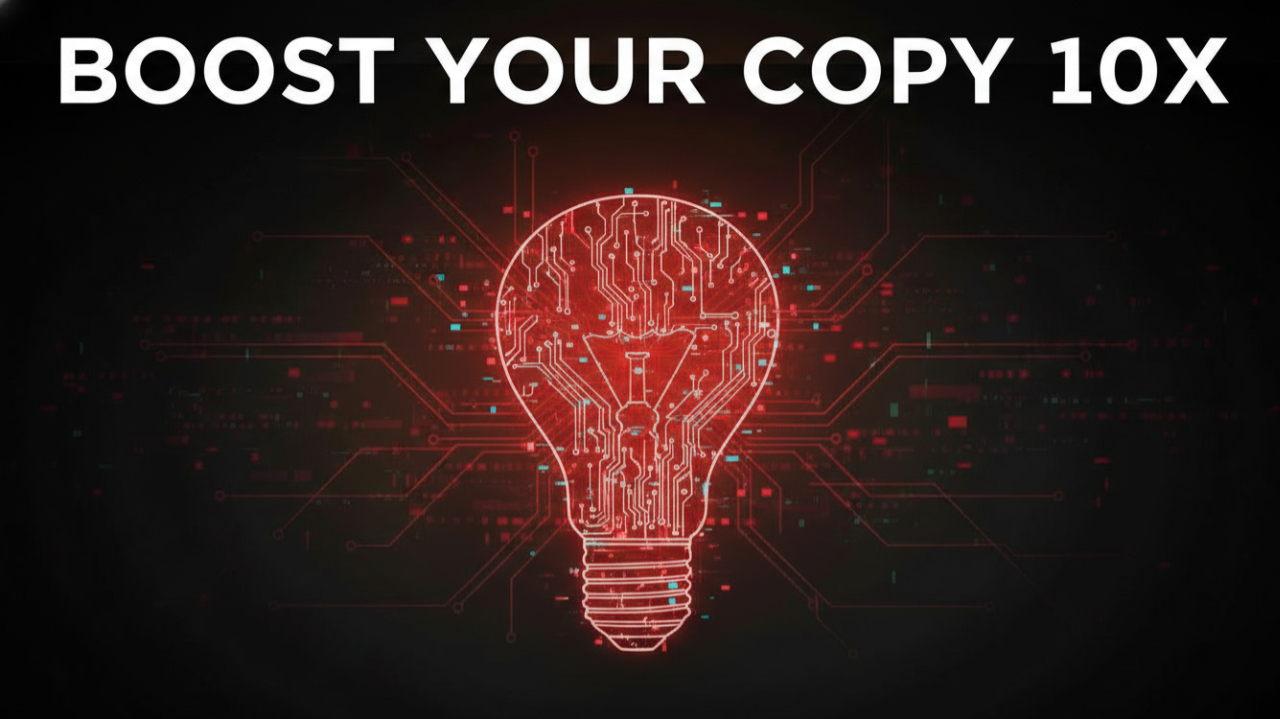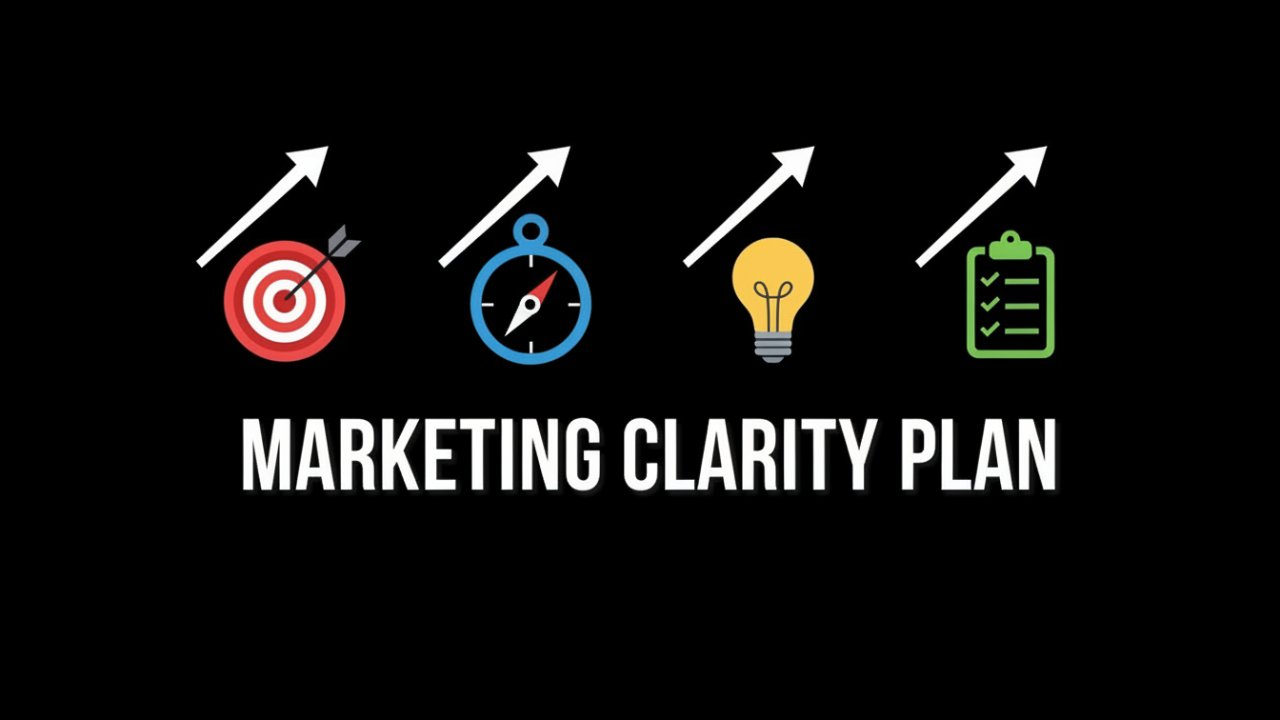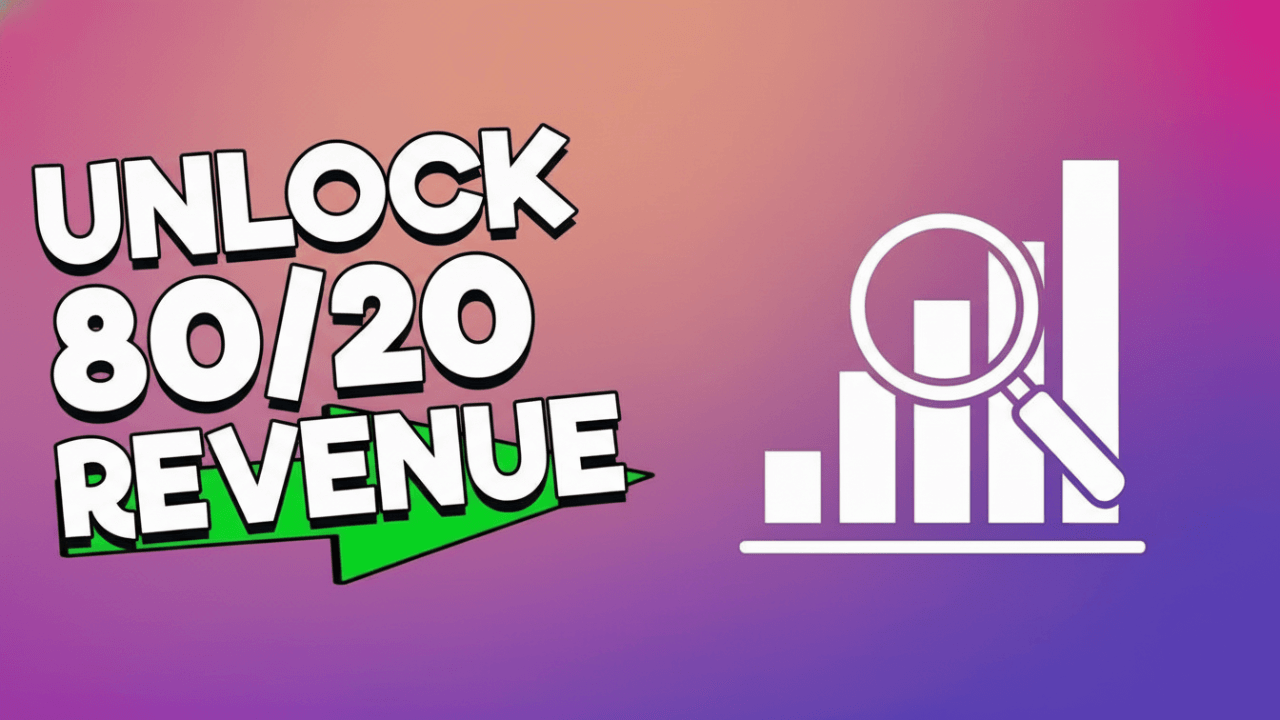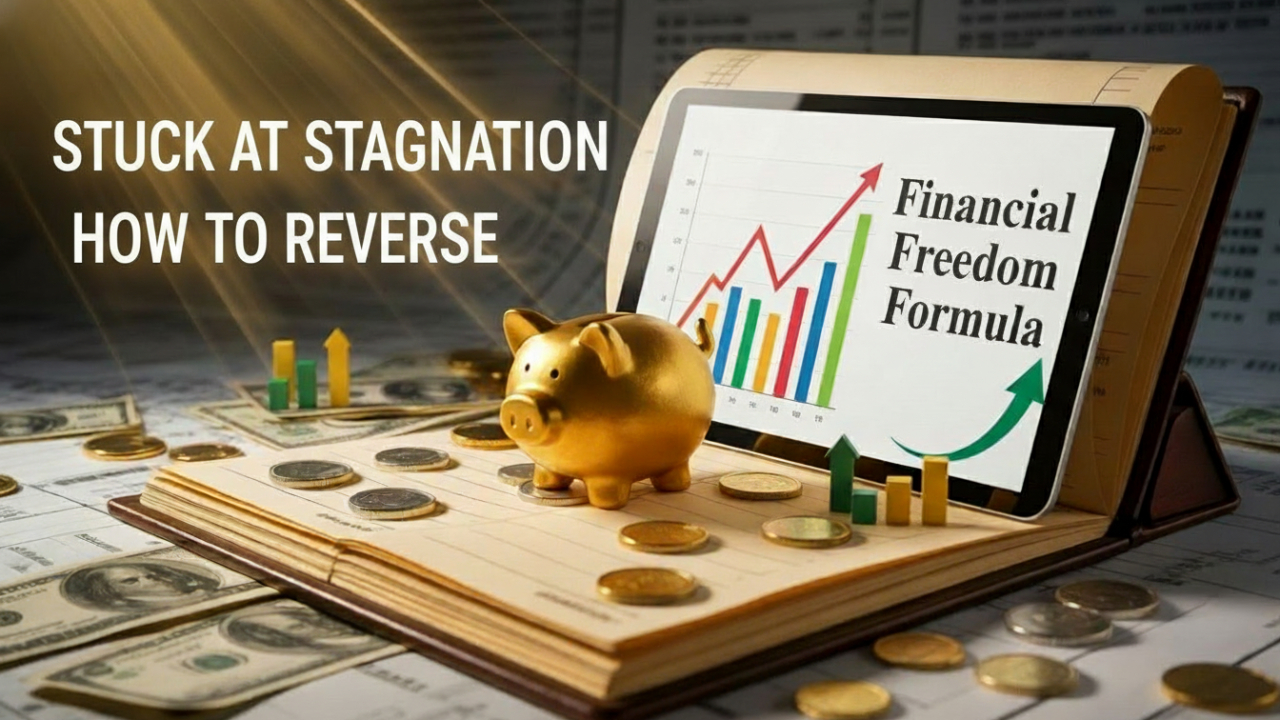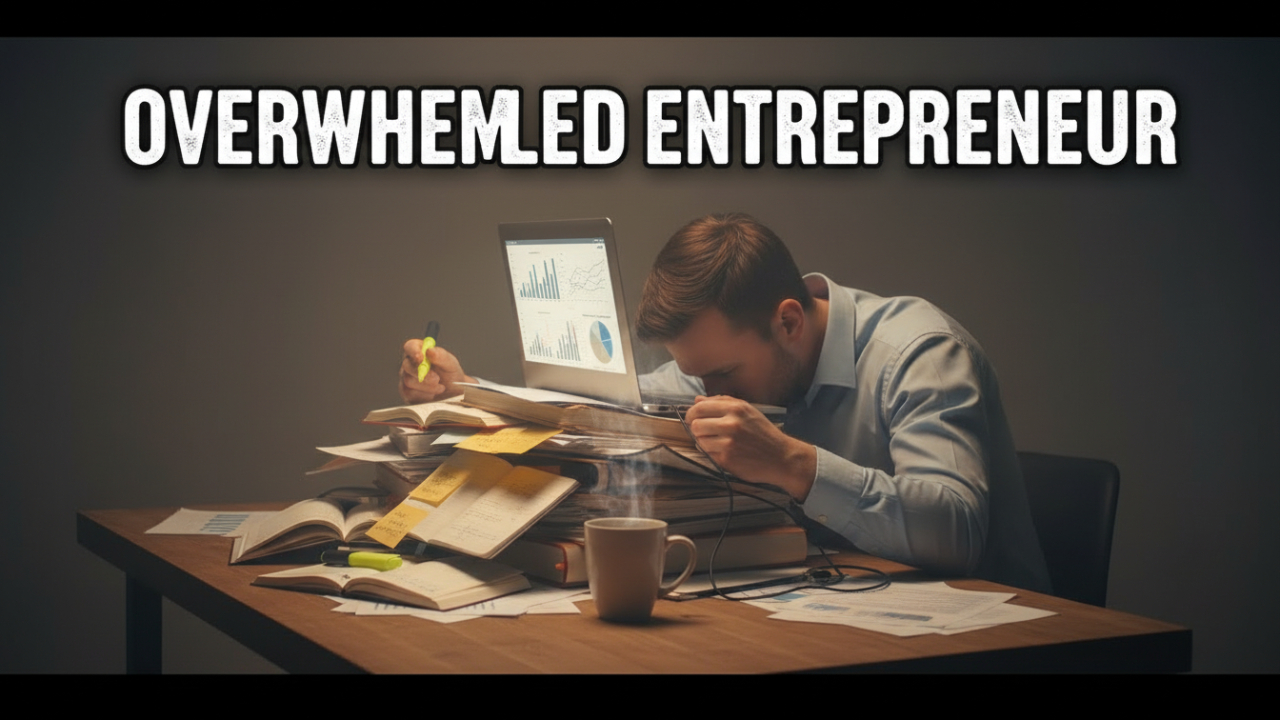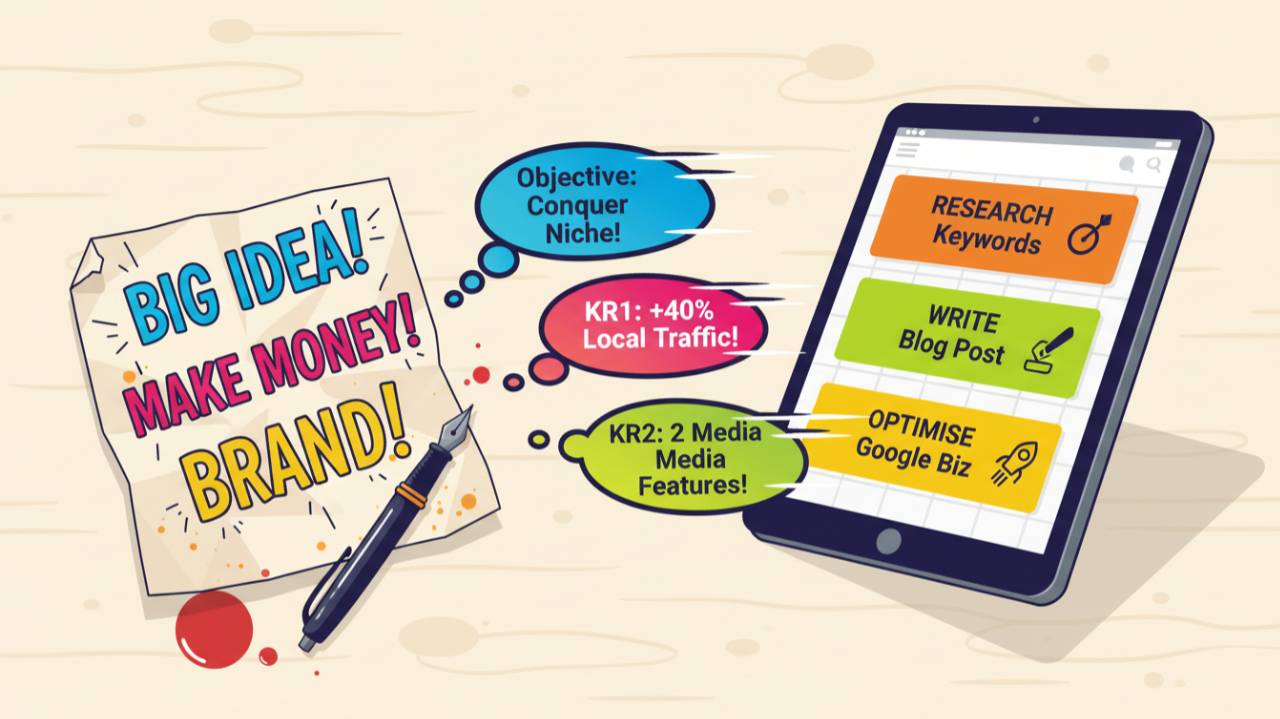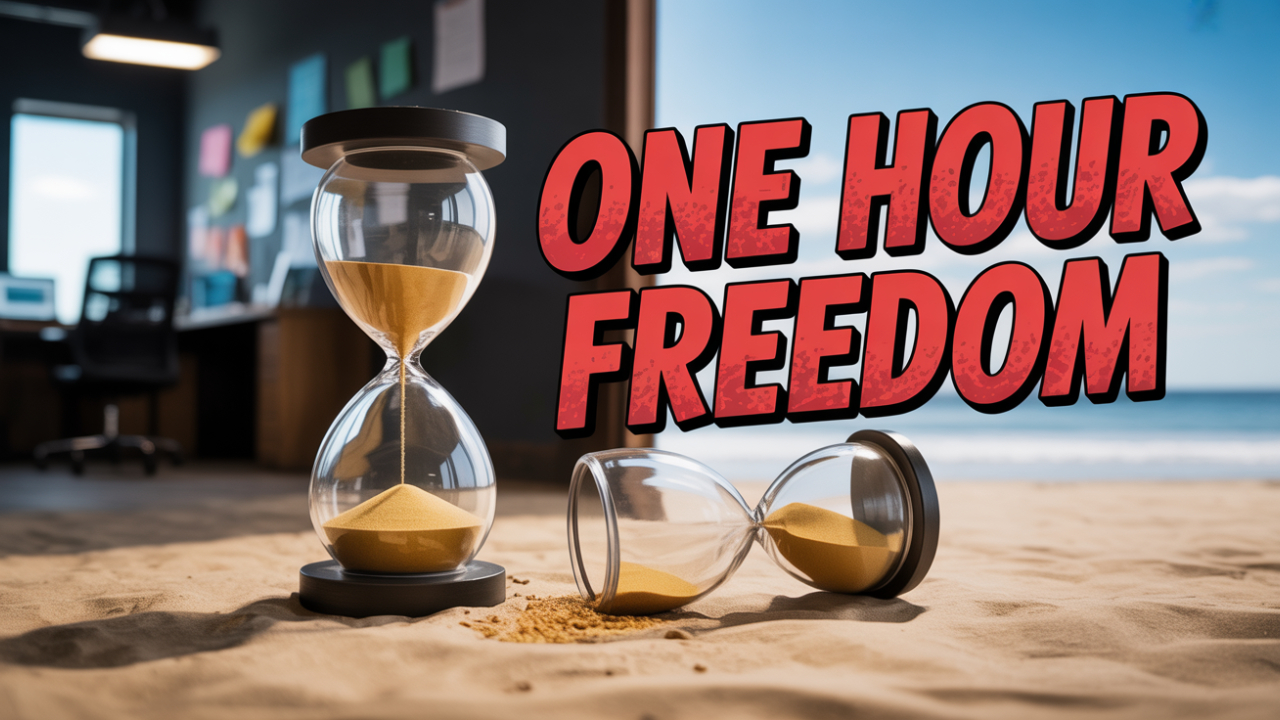Mastering the Art of Pricing: Increase Sales and Build Trust with Odd and Even Strategies
Have you ever found yourself at the checkout, looking at a receipt for
£19.99, and wondered what all the fuss is about? I mean, it’s basically twenty quid. That one single penny isn’t going to make or break your budget. And yet, there it is, on price tags everywhere, from the local supermarket to the biggest online retailers. It’s a tiny, almost invisible detail, but it’s part of a fascinating and surprisingly powerful
psychological game that businesses play with our minds.
This is the world of
odd and even pricing. As a business owner, you probably already have a gut feeling that how you price things matters beyond the simple numbers. These strategies are the physical and psychological levers you can pull to shape how your customers see your products, your brand, and the
value you offer. This isn't just about arithmetic; it’s about
perception.
In this exploration, we're going to pull back the curtain on these pricing tactics. We’ll look at the psychological mechanics that make them work, how they can drive sales, and how they fit into a bigger market strategy. You’ve definitely seen
odd pricing, sometimes called ‘charm pricing’, which uses prices that end in an odd number, usually a
9 or a 5. And on the flip side, you have
even pricing, where things end in a neat, rounded number. Both are tools, but they’re used for very different jobs.
Understanding Your Odd and Even Pricing Strategies
Let’s start with the basics so we’re all on the same page.
Odd pricing, that famous ‘charm pricing’, is the one you see most often. It’s the £9.99 book, the £49.95 pair of jeans, the £2.97 bottle of ketchup on special offer. The whole point is to make the price
feel lower than it really is. It’s a subtle nudge, a whisper in the consumer’s ear that says, “this is a good deal”.
Then you have even pricing. This is the price that doesn’t try so hard. It’s the £100 bottle of whisky, the £5,000 designer handbag, the £30 set lunch at a nice restaurant. Prices that end in
.00 or are
rounded to a whole number project an entirely different feeling. They feel straightforward, confident, and, to be honest, a bit more premium.
These two approaches serve to manipulate our perception as consumers, but they pull us in completely different directions. One taps into our instinct to find a
bargain, while the other appeals to our desire for
quality and clarity.
Delving Deeper: The Psychology Behind Odd Pricing
So, why does a price like £9.99 work so well? It’s not just a retail habit that’s stuck around. Its effectiveness is rooted in a few well documented cognitive biases that quietly shape how we think about numbers.
First up is the big one: the
Left Digit Effect. Studies have shown again and again that when we read a price, we process it from left to right, and our brain puts a
disproportionate amount of emphasis on that first digit it sees. We sort of
anchor our entire perception of the price on that number. So, when you see £9.99, your brain latches onto the ‘9’. It gets mentally filed away in the ‘nine pounds and a bit’ category. A price of £10.00, however, gets filed in the ‘ten pounds’ category. Even though the mathematical difference is laughably small,
the psychological gap feels much, much bigger. We’re not entirely rational creatures, are we? Our brains are built to take mental shortcuts, and this is one of them.
Then there’s the idea of ‘just below’ pricing. This is related to the left digit effect, but it’s also about framing. A price set just below a round number feels like it belongs to a
lower price tier. It’s a bit like saying a child is ‘almost six’ when they are five years and eleven months old. It’s technically true, but the framing keeps them in the ‘five year old’ box. In the same way, £199 feels like it’s in the one hundred pound club, not the two hundred pound one.
And finally, odd prices have become a powerful
signal for a bargain. We have been conditioned over decades of shopping to associate prices ending in
9s and 5s with
sales, discounts, and good value. A price tag of £20.00 feels like the full, standard price. But change that to £19.99, and it suddenly feels like it’s been reduced from something higher. It implies that the seller has sharpened their pencil and given you the best possible price. This perception alone can be enough to attract those of us who are more budget conscious or just love the thrill of bargain hunting.
This all ties into the concept of
psychological anchoring. An odd price can create a powerful anchor in a customer’s mind. It becomes the reference point they use to judge other prices. If you’re selling a product for £199, a customer might use an internal reference price of £200 to evaluate it. Against that imaginary £200, the £199 price creates an immediate illusion of savings. It’s a small trick, but it frames the entire transaction in a more positive light from the very beginning.
Unveiling the Psychology Behind Even Pricing
If odd pricing is all about creating the perception of a bargain, even pricing is about creating an
aura of quality and trust. It’s a completely different psychological play.
The most obvious association with even pricing is quality, and often, luxury. When you see a price that ends in .00 or is a
clean, round number, it suggests that the product is of high quality. Why? Because it feels deliberate and confident. A luxury brand doesn’t need to play games with pennies to convince you of its value. A price of £500 for a leather jacket says, “This is what it’s worth. Take it or leave it.” It’s straightforward and unapologetic. This strategy is used all the time by
upscale brands to convey a sense of
premium quality and trustworthiness. It aligns with a brand identity that is built on
precision, craftsmanship, and exclusivity.
There’s also an element of
cognitive ease. Even numbers are simply easier and quicker for our brains to process. They are fluent. Think about it, it’s much easier to add £50 and £30 in your head than it is to add £49.99 and £29.97. In situations where a customer isn’t meticulously comparing prices, but is instead making a more
holistic decision based on brand and quality, this ease of processing can be a real advantage. It makes the transaction feel
smoother and simpler, which can contribute to a positive overall experience. This is especially true for considered purchases, where a customer might be weighing up a few options. The simpler price is easier to remember and compare.
There’s also a concept some psychologists call
psychophysical numerosity, which is a very academic way of saying that prices ending in zero can create a feeling of simplification and completeness. It feels neat and tidy. For a consumer, this can cultivate a sense of confidence and clarity in their decision. There’s
no ambiguity, no mental clutter. It’s just a clean, honest number, which can make the buyer feel more secure in their purchase. This is particularly important for services or high-end goods where trust is a major component of the sale.
Cultural Context: The Global Perspective
Of course, it’s important to remember that none of these psychological tricks exist in a vacuum. The effectiveness of odd and even pricing can change quite dramatically depending on the
cultural context. What works in a British supermarket might fall flat somewhere else.
A classic example is in some Asian cultures, where certain numbers have very strong positive or negative associations. In China, the number
8 is considered
extremely lucky because it sounds similar to the word for ‘wealth’ or ‘prosper’. As a result, a price like
¥888 isn’t just an even price; it’s a
lucky one. It can be incredibly effective for all sorts of products, not just luxury ones. On the other hand, the number 4 is often
avoided because it sounds like the word for ‘death’. Pricing an item at ¥44.44 would be a major marketing blunder.
Understanding these
cultural nuances is absolutely crucial for any business that operates in, or sells to,
international markets. You can’t just assume that a pricing strategy that works in one country will translate perfectly to another. You have to do your homework and understand the local culture and beliefs around numbers.
Empirical Evidence: What Studies Show
This isn’t all just marketing theory, by the way. There is a solid body of research backing up these ideas. Numerous studies have shown that odd pricing can significantly increase consumer purchases. One of the most famous experiments involved testing the same item of clothing at three different price points: £34, £39, and £44. You might expect the £34 item to sell the best, but in fact, the
£39 item outsold it by a significant margin. That’s the power of charm pricing in action. The price ending in
9
was just
more appealing, even when it was more expensive.
However, it’s really important to remember that this is not a universal law. The effect can be highly dependent on the context. The
positioning of your brand plays a huge part in whether odd or even pricing will be more effective. If you’re a luxury brand, using odd pricing might actually hurt your sales because it could cheapen the perception of your products. It sends a mixed message. It says, "we're a premium brand, but we also want you to think you're getting a bargain," which can create distrust.
Let’s look at some
real-world examples.
Retail giants like
Aldi and Lidl are masters of odd pricing. Almost everything in their stores is priced to end in a 9 or a 5. Their entire business model is built on creating a perception of
unbeatable affordability, and their pricing strategy is a core part of that. It has been incredibly successful in driving huge sales volumes and attracting a loyal customer base.
On the other end of the spectrum, you have brands like
Apple or Rolex. They almost exclusively use even pricing. An Apple Watch isn’t £398.99; it’s
£399. A high-end Rolex isn’t £9,999; it’s
£10,000. Their products are priced in whole numbers, which reinforces their premium market positioning. It’s a statement of confidence that aligns perfectly with their brand image of quality, design, and exclusivity.
Implementing Pricing Strategies: Practical Tips
So, how do you decide which strategy is right for your business? It’s not about just picking one and sticking with it. It’s about being strategic.
The best way to figure out what works for your specific audience is to test it.
A/B testing is an incredibly valuable tool here. You can experiment to compare the impacts of odd versus even pricing on your sales. This is particularly easy to do if you sell online. You could create two versions of a product page, one with the price at £49.99 and another at £50.00. Then, you drive traffic to both pages and see which one
converts better. This method involves presenting the two different price points to different segments of your market and then analysing the resulting sales data.
The numbers won’t lie.
Ultimately, the choice comes down to a thorough understanding of your business. You need to know your
target market inside and out. Who are they? What do they value? Are they driven by price or by quality? You also need to be crystal clear on your
product positioning. Are you the budget option, the premium choice, or somewhere in the middle? And finally, you have to look at the competitive landscape. What are your competitors doing? Sometimes it pays to follow the convention in your industry, and other times it pays to deliberately break it. For example, if all your competitors are using odd pricing, using
even pricing could be a powerful way to
signal that your product is of higher quality.
In the digital age, e-commerce platforms have become the main battleground for these pricing strategies. Online retailers can use sophisticated algorithms to adjust their prices in real time based on a huge number of factors. They often use odd pricing to attract bargain hunters and drive impulse buys. However, even pricing can be very effective in online luxury markets, where building trust and conveying quality are absolutely crucial to convincing someone to make a large purchase without ever touching the product.
The Parting Thought: Mastering the Art of Pricing
As you can see, the concepts of
odd and even pricing are rooted in some deep and complex aspects of
consumer psychology. Odd pricing, with its association with discounts and savings, is a powerful tool for steering impulse buys and attracting value conscious customers. On the other hand, even pricing appeals to a different mindset, one that seeks quality, transparency, and trust.
Understanding the psychological effects of these pricing strategies can make a
huge difference for your business. It can help you optimise your pricing not just for short term revenue, but for long term brand positioning.
Take a look at
Amazon. The e-commerce giant employs an incredibly sophisticated pricing strategy that is constantly
blending both odd and even pricing. By analysing vast amounts of data on consumer behaviour, competitor pricing, and market trends, Amazon can adjust its prices dynamically to maximise sales and profits. For example, during a high demand period like the run up to Christmas, you might see more even pricing to convey reliability and quality when people just want to get their shopping done. But during a big sales event like Prime Day, odd pricing will be everywhere to scream “BARGAIN!” at every turn.
Technology, particularly artificial intelligence and machine learning, is making these strategies even more powerful. Algorithms can now analyse consumer behaviour at an individual level to determine the
optimal price points. This
data driven approach means that businesses can adapt their pricing in real time to meet the constantly changing demands of the market.
As we look to the future, these pricing strategies are only going to become more sophisticated. We’re already seeing the rise of
personalised pricing, where businesses can use data analytics to offer different prices to different people based on their individual behaviour and preferences. The rise of
subscription models has also introduced new strategies, like tiered pricing and freemium models, which often use odd pricing to make the monthly commitment feel smaller. And more and more businesses are adopting
value-based pricing, where the price is set based on the perceived value to the customer, not just the cost of production. This almost always involves clean, even pricing that reflects the confidence the business has in the value it delivers.
In the end, understanding
the art and science of pricing is about making
informed decisions that will enhance your market position and drive your sales. Whether you choose to use
odd pricing to attract bargain hunters or
even pricing to convey quality, the real key is to deeply understand your audience and tailor your strategy to speak their language.
Staying ahead of pricing trends and leveraging technology will be crucial for success in the years to come. But as you navigate all this complexity, it’s worth remembering that the ultimate goal is simple: to create a
perception of value that truly resonates with your customers. The next time you walk into a shop or browse online, take a moment to really look at the prices. What are they trying to tell you? Now, you’re
in on the secret.
PS: If you need support on how to get the best from your pricing strategy for your Business, don't hesitate to
contact us
Pay It Forward! Sharing Is Caring!
